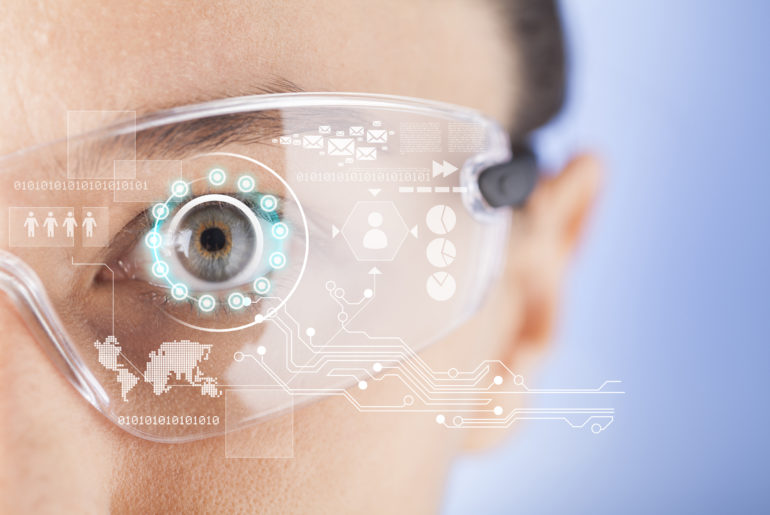Being in the middle of a digital transformation can be a time of excitement, confidence and risk-taking. Businesses are evolving, employee career paths are expanding and the way we market to our customers is changing. Even buyers’ journeys are taking a turn down a path that may not have existed several years ago.
For the past few years I’ve been covering the Augmented Reality and Virtual Reality (AR/VR) market and over the years I’ve seen some impressive demos. For VR headsets these usually revolved around some sort of game or other-worldly experience — the kind of stuff that’s always fun and exciting for users.
Cloud, hyperscale and digital service providers already account for 20% of IT infrastructure hardware spending, with 75% of that spending from the 8 largest hyperscalers alone. Add in colocation and managed services hosting providers, plus communications service providers, and by 2023 more than 60% of infrastructure hardware spend will come from the overall service provider segment.
While commercial end-users in other industries shift an increasing proportion of their budget to IT ‘as a service’, service providers will increasingly be the driver for IT vendor strategies and product development. From the outsize impact of hyperscalers, to the shifting focus of infrastructure and hosting providers, here are 3 ways in which these IT buyers are changing the IT market.
Earlier this summer, my friend’s daughter began a new job, her first one right out of college. Amidst all the usual starting-a-new-job hubbub of picking health insurance and setting up her direct deposit, she was also faced with getting her hardware – laptop, tablet, and smartphone – selected and set up. It’s a task many of us are usually faced with, and don’t spend too much time thinking about. However, not long after starting her job, she called me at work with a question:
“Ramon, which wearable should I get?”



